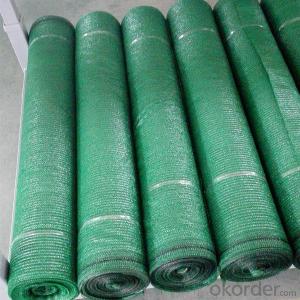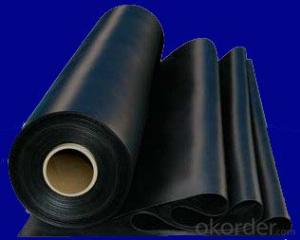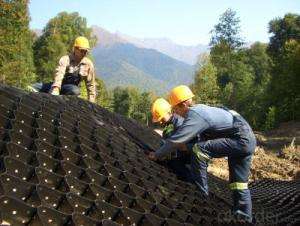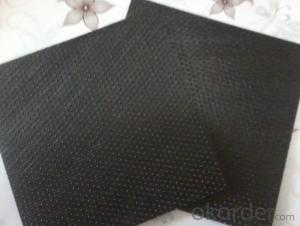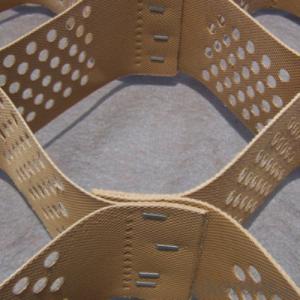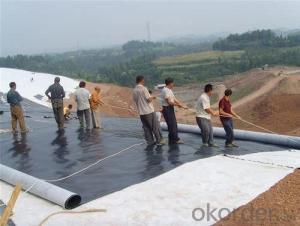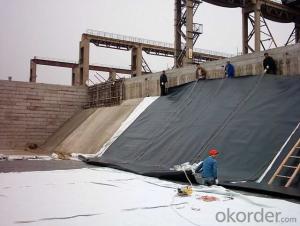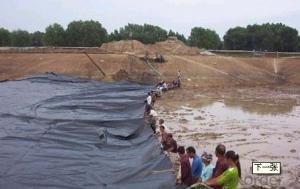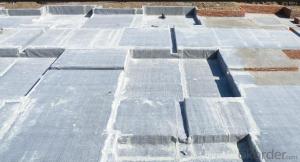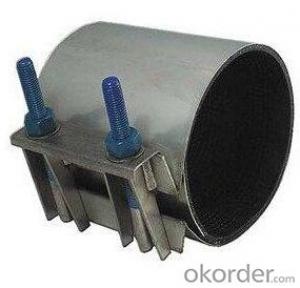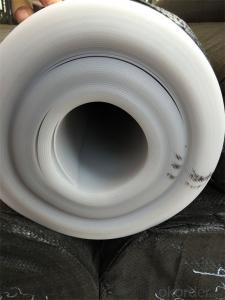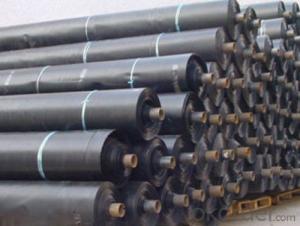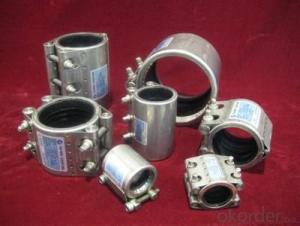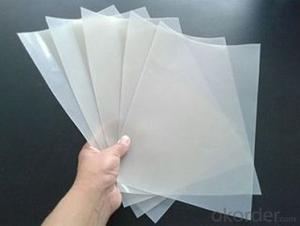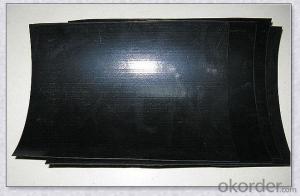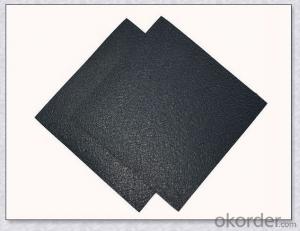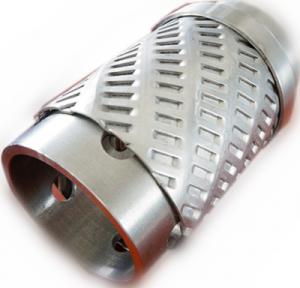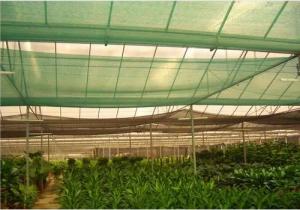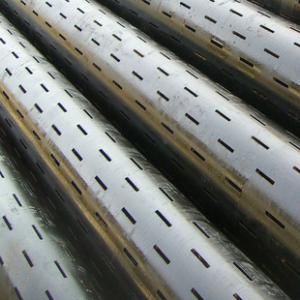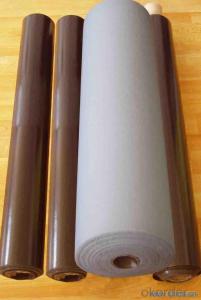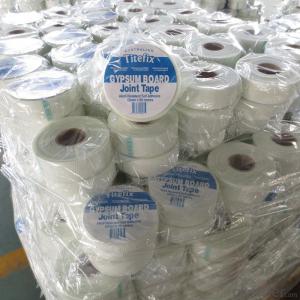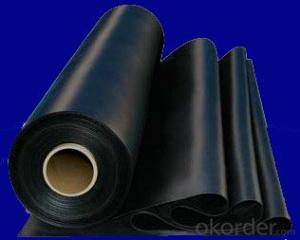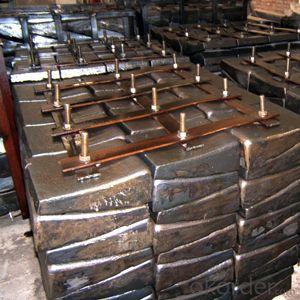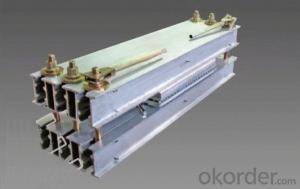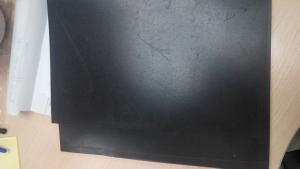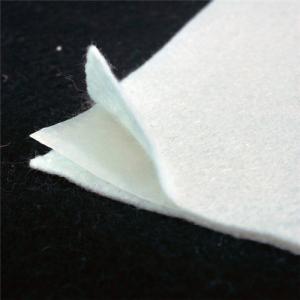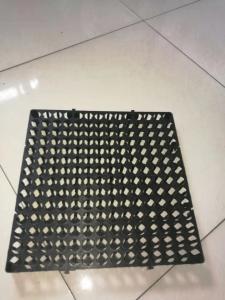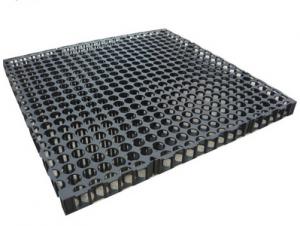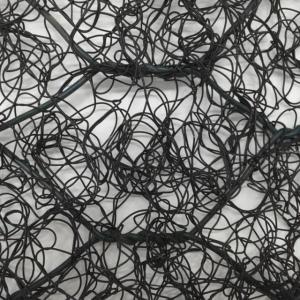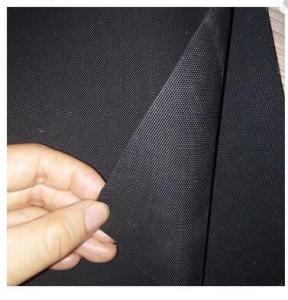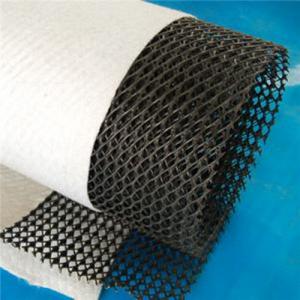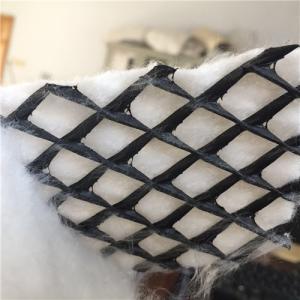Hdpe Liner Repair
Hdpe Liner Repair Related Searches
Geomembrane In Hdpe Geomembrane In Pakistan Pvc Geomembrane Liner Pvc Geomembrane Institute Hdpe Geomembrane Machine Geomembrane Machine Waterproof Concrete Blocks Waterproof Mdf Panels Waterproof Paper Plastic GeomembraneHot Searches
China Pvc Geomembrane China Geomembrane Roll Sheet Scaffolding Manufacturer In Mumbai Hdpe Geomembrane Sheet Price Hdpe Geomembrane China China Geomembrane Geomembrane China Hdpe Geomembrane Price Geomembrane Liner Price Geomembrane Price Black Plastic Plant Pots Wholesale Wholesale Hdpe Geomembrane Roll Geomembrane Factory Wholesale Liner Hdpe Geomembrane Spring Manufacturer Singapore Bistable Spring Manufacturer Wholesale Geomembrane Hdpe Wholesale Hdpe Geomembrane Geomembrane Market Size Geomembrane For SaleHdpe Liner Repair Supplier & Manufacturer from China
Okorder.com is a professional Hdpe Liner Repair supplier & manufacturer, offers integrated one-stop services including real-time quoting and online cargo tracking. We are funded by CNBM Group, a Fortune 500 enterprise and the largest Hdpe Liner Repair firm in China.Hot Products
FAQ
- Geotextile fabrics offer numerous benefits in earthwork projects. Firstly, they act as a barrier to prevent soil erosion by stabilizing the soil and preventing it from being washed away by water. Additionally, they enhance soil drainage and filtration, allowing water to pass through while retaining the soil particles. This helps in preventing waterlogging and maintaining the integrity of the soil. Geotextile fabrics also provide reinforcement to the soil, increasing its load-bearing capacity and improving the overall stability of the project. Moreover, these fabrics are durable, resistant to chemicals and UV rays, and have a longer lifespan, making them a cost-effective solution. Overall, the use of geotextile fabrics in earthwork projects reduces maintenance costs, extends the lifespan of the project, and promotes sustainability.
- Is the glass made of wood?
- Glass is not civil material!
- Yes, there are specific earthwork products available for wastewater treatment systems. These products include geotextiles, geogrids, and geomembranes, which are used for erosion control, filtration, and containment purposes in wastewater treatment systems.
- Geogrids provide numerous benefits in mechanically stabilized earth walls. Firstly, they enhance the overall stability and load-bearing capacity of the wall by providing reinforcement and distributing loads more effectively. Secondly, geogrids minimize lateral earth pressure, reducing the risk of wall failure or deformation. Additionally, they offer excellent soil confinement, preventing soil erosion and enhancing long-term performance. Geogrids also facilitate faster and more cost-effective construction, as they are easy to install and require minimal maintenance. Overall, geogrids significantly improve the durability, strength, and performance of mechanically stabilized earth walls.
- The purpose of using geocomposites in drainage systems is to enhance the performance and efficiency of the system. Geocomposites are designed to provide effective filtration, separation, and drainage capabilities. They help to prevent clogging and improve water flow by allowing water to pass through while filtering out fine particles. Additionally, geocomposites can help to reinforce soil and provide stability to the overall drainage system, making it more durable and long-lasting.
- Yes, earthwork products can be suitable for constructing playgrounds. Earthwork products such as soil, gravel, and mulch can be used for creating a safe and level surface for playgrounds. Additionally, these materials can be used for creating mounds, berms, and landscaping features that add interest and play value to the playground.
- Some key considerations when using geosynthetic materials in dam construction include the type and quality of the geosynthetic material being used, its compatibility with the surrounding soil and rock, its ability to withstand the hydraulic pressures and stresses imposed by the dam, its durability and resistance to aging and degradation, its installation and construction techniques, and its long-term performance and maintenance requirements. Additionally, factors such as cost-effectiveness, environmental impact, and regulatory compliance should also be taken into account when considering the use of geosynthetics in dam construction.
- Earthwork products, such as soil, gravel, and rocks, contribute to noise reduction in construction projects by acting as natural sound barriers. When these materials are properly applied and compacted, they absorb and dampen sound waves, preventing them from traveling and reducing the overall noise levels generated by construction activities. Additionally, earthwork products can help create berms or mounds that physically block and redirect noise away from sensitive areas, further contributing to noise reduction in construction sites.




